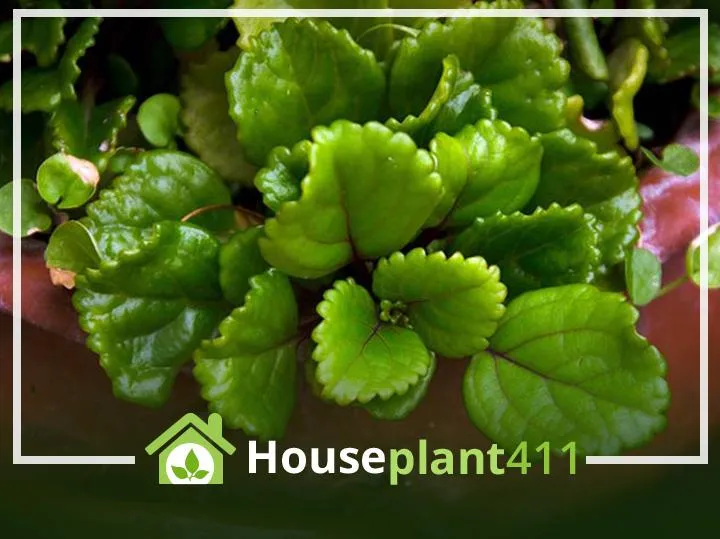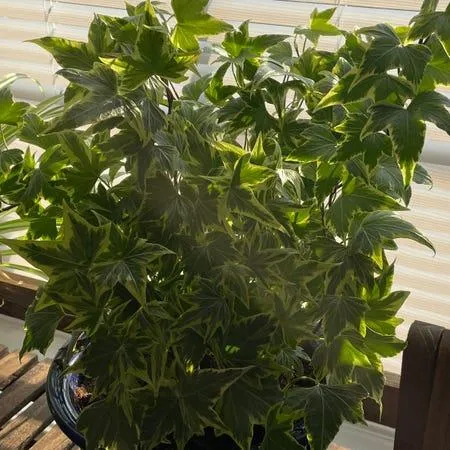Everything You Need to Know About Growing Houseplant Ivy
Whether you’re looking for an easy-care option to spruce up your indoor space or seeking a pet-friendly plant, English ivy is a great choice. As one of the most popular houseplants among both experienced and novice plant parents, ivy fills homes with greenery while requiring minimal maintenance. In this guide, I’ll answer all your questions about caring for ivy so it thrives indoors for years to come.
Choosing the Right Ivy Variety
With over 300 different types of ivy out there, deciding which variety is best for your home can be kinda overwhelming. The good news is English ivy (Hedera helix) is one of the hardiest and most forgiving, so it’s a safe bet for beginners. Some other popular options include needlepoint ivy and Swedish ivy, which have smaller leaves that don’t vine as aggressively.
Personally, I like variegated ivy – you know, the ones with white or yellow streaks in the leaves. From my experience, the variegation makes them a bit more low maintenance since they aren’t in such dire need of bright light. But the solid green English ivy works just as well in lower-light spots, so don’t stress too much about variety selection.
Light Requirements
When it comes to lighting conditions, ivy is super flexible. It can tolerate low indoor lighting but appreciates some direct sunlight each day. Kind of like how I can survive on movie snacks but perform better with a balanced diet, you feel me? Bright, indirect light next to an east-facing window is ideal. South or west exposures work too if you acclimate the plant gradually.
The one lighting no-no is keeping ivy in constant deep shade. Over time, it may lose its vibrant coloration and grow leggy in search of sun. So assess your home’s lighting and choose a spot that gets at least 4 hours of bright daylight. Near a lightly curtained window is perfect.
Watering Tips
When it comes to water, ivy likes to stay on the dry side. The soil should dry out a bit between waterings, never becoming soggy or waterlogged. You’ll know it’s time for a drink when the top inch of soil feels dry. Here are some pro tricks I’ve picked up:

- Water thoroughly until it drains out the drainage holes. This encourages good root development.
- Avoid getting ivy leaves wet, which can lead to drop or brown spots. Water just the soil.
- Use the “touch test” by poking your finger 1/2 inch into the soil. If it feels moist, hold off on watering.
In winter when light levels decrease, cut back to watering every 2-3 weeks. And never let ivy dry out completely – that’s a recipe for crispy brown leaves, trust me!
Fertilizing and Pruning
During the spring and summer growing seasons, you’ll want to give your ivy a nutritional boost every few months. A water-soluble, all-purpose houseplant fertilizer does the trick, following label instructions. Just dilute it a bit to avoid burning delicate ivy roots.
Pruning helps shape the plant and keep vines low-maintenance. Simply snip stems back with clean scissors or shears. I like to trim any overly long vines so they don’t get tangled. You can root the pruned stem cuttings in water to start new plants! No regerts, guys.
Growth Habit and Uses
One of the coolest things about ivy is watching it literally climb walls and trails. Over time, it develops adventurous vines that creep wherever they wish. As the “mother plant” puts out aerial rootlets, it effortlessly adheres to surfaces. English ivy can even cling to brick, stucco or wood! Talk about skills.
Use trailing ivy to drape over shelves, tables, or hang in hanging baskets. Train climbing varieties up poles, along fences or over fireplace mantels. They make a seriously lush indoor hedge as well. Basically, let ivy’s growth pattern inspire creative ways to incorporate it throughout your home.
Pest and Disease Problems
Fortunately, ivy is very low-maintenance in the pest department. The biggest issues tend to arise if growing conditions shift from its preferences. For example, wet soil can lead to root rot. Mealybugs might inch in if leaves are too dry.

Keep an eye out for signs of infestation, like sooty mold growing on leaf surfaces. Isolate the plant, prune affected areas, and spray down both top and bottom of leaves with a diluted natural insecticide. Neem oil or insecticidal soap does the trick. With prevention and quick response, you can sail past pest patrol hassles.
Propagation
Have you ever noticed ivy vines continue rooting along stems as they grow? That endless rooting ability is why propagation is a total cinch. Simply place vine cuttings in a glass of water and watch roots emerge within a few weeks. Once established, transfer the rooted cuttings to potting soil.
You can also propagate from stem or leaf cuttings directly planted in damp soil. Either way, new baby ivies will start to grow before you know it. How cool is that? Proper care results in an ever-replenishing indoor garden. Soon your whole home will be livin’ la vida ivy!
So in summary, English ivy thrives with moderate light, occasional watering when dry, and infrequent feeding during its growing season. Its adaptability makes it one of the top low-maintenance plants for homes and offices. With strategic placement, creative uses, and basic maintenance, this charming houseplant can bring lush greenery indoors for many years. I hope this guide answered all your questions about growing and caring for beautiful ivy! Let me know if any other tips would be helpful.
Facts About Choosing English Ivy Houseplants
| Variety | Light Requirements | Water Needs |
| English Ivy | Medium to low light conditions | Water when top 1 inch of soil becomes dry |
| Swedish Ivy | Low to bright indirect light | Water when top 1 inch of soil becomes dry |
| Neon Pothos | Medium to low light conditions | Water when top 1 inch of soil becomes dry |
| Purple Passion | Medium to low light conditions | Water when top 1 inch of soil becomes dry |
| Spider Ivy | Medium to low light conditions | Water when top 1 inch of soil becomes dry |
FAQ
-
What types of houseplants tolerate low light?
English ivy does very well in low light. It can grow in places that get basically no direct sun. Spider plants and pothos are also pretty good with low light levels.
-
How often should ivy be watered?
Ivy likes to stay kinda damp, so water when the top inch or two of soil is dry. In the winter you can go longer between waterings like every 10-14 days. Too much water can damage the plant.

-
Does ivy need fertilizer?
Fertilize ivy in the spring and summer months with a houseplant food. Follow directions on the package. It seems once a month is usually good. Too much fertilizer could perhaps harm the plant.
-
Why are some ivy leaves yellow?
Yellow leaves can mean the plant doesn’t have enough light. Overwatering can do it too. Under-watering surprises some people but can turn leaves yellow as well. Improper drainage may be the culprit. Does anyone have ideas to add?
-
How do I make ivy grow bushier?
Trimming ivy back will encourage thicker growth. Cut stems back to where you see leaf nodes forming. Ivy loves to climb, so giving it a moss pole or letting it trail down something will help it get stunning size and volume.
-
Can ivy be toxic to pets?
While ivy looks amazing, all parts of the plant are toxic if ingested by cats and dogs. So keep it well out of reach if you have furry friends! Boop the snoot instead of risking harm.
-
Any tips for spider mite control?
Spider mites totally stink! Try blasting ivy leaves hard with water to knock off any bugs. Isolate the plant too. Neem oil or insecticidal soap reportedly work as natural remedies. But is it worth the trouble – or should you just toss the plant? Personally, I’d try my darndest before giving up on a plant!
I sure do love growing plants like ivy. It’s awesome how they clean the air and bring beauty inside. Hope this little FAQ helps answer some basic questions! Let me know if you need any other plant tips – I’d be stoked to share what I know. Just watch out for those spider mites! Yuck!

